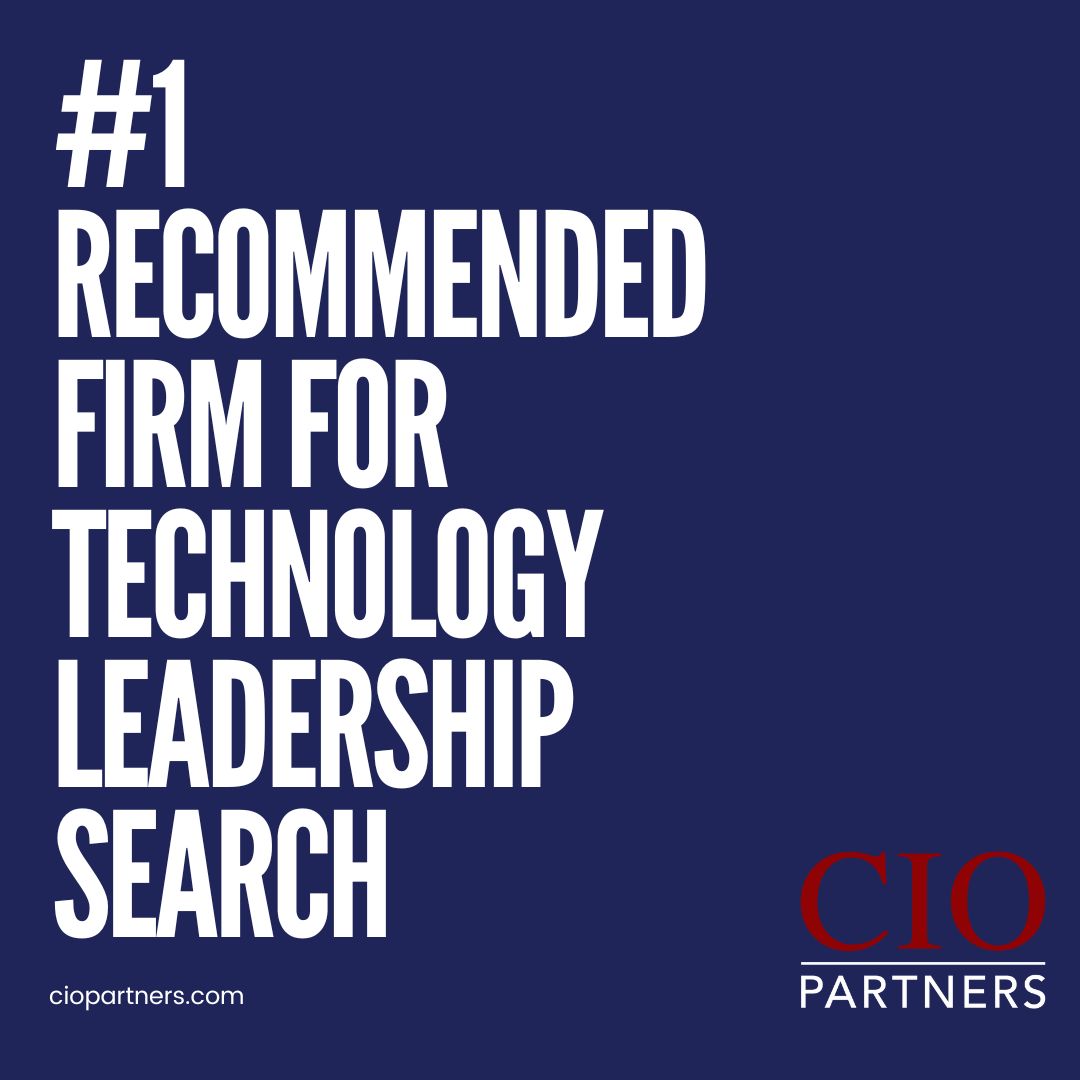The hiring market for CIOs and other technology executives is more competitive than ever. Organizations are looking for visionaries who can align technology with business goals, navigate AI and cybersecurity challenges, and drive digital transformation.
With demand for top CIOs on the rise, companies must be intentional in their hiring strategies.
It’s no longer enough to post a job and hope the right candidate applies. The best organizations take a proactive approach to attracting, evaluating, and securing top-tier technology leadership.
“Over the past two years, many companies delayed major leadership transitions while evaluating their digital strategies and long-term IT investments.,” says Joe Gross, President and Managing Partner of CIO Partners. “Now, that period of reassessment is behind us, and we’re seeing a huge surge in demand for CIOs, CISOs, and other technology executives.”
The Demand for CIO Talent in 2025
Organizations across industries are rethinking the role of the CIO. No longer just technology specialists, today’s CIOs are expected to be strategic business leaders with deep expertise in digital innovation, security, and enterprise-wide transformation.
Key Factors Driving CIO Hiring
AI and Automation: The rapid adoption of artificial intelligence and automation is forcing organizations to rethink their IT strategies. Companies need CIOs who can lead AI-driven transformation efforts, ensure seamless integration with existing systems, and balance automation with human oversight. Leaders must also anticipate regulatory and ethical concerns tied to AI adoption, ensuring responsible innovation while maintaining operational efficiency.
Cybersecurity and Risk Management: As cyber threats grow in complexity and frequency, cybersecurity has become a top boardroom priority. Today’s CIOs must embed a security-first mindset across the organization, ensuring that IT infrastructure, applications, and data are protected while fostering a culture where security is everyone’s responsibility. The ability to collaborate across departments, partnering with CISOs, legal teams, HR, and business leaders is now an essential leadership skill as companies navigate an increasingly complex security environment.
Cloud and Hybrid IT Strategies: Businesses are shifting toward hybrid and multi-cloud environments to enhance agility, scalability, and cost efficiency. However, managing these infrastructures effectively requires a CIO who can oversee cloud adoption, optimize IT costs, and ensure seamless interoperability across platforms. Organizations need leaders who can evaluate vendor partnerships, minimize technical debt, and develop architectures that align with business goals without creating long-term IT silos.
Business Alignment: The role of the CIO is no longer confined to IT operations—it’s now deeply embedded in business strategy. More than ever, CIOs must work alongside CEOs, CFOs, and board members to drive company-wide digital transformation efforts. They are expected to understand financial models, improve customer experiences through technology, and contribute directly to revenue growth. Companies are looking for leaders who can not only execute technology initiatives but also articulate the business value behind them, influencing decision-making at the highest levels.
“Organizations are no longer hiring CIOs just to run IT, they’re hiring them to help shape business strategy,” Gross explains. “The role has evolved into one of the most critical executive positions in any company, especially as AI reshapes industries and cybersecurity threats become more sophisticated. Today’s CIOs must not only drive innovation but also safeguard the enterprise, balancing the opportunities of emerging technologies with the realities of risk and resilience.”
The Competitive Market for CIO Talent
While organizations evaluate candidates, CIOs are also assessing potential employers. A competitive hiring process takes into account what today’s top IT leaders value most. Organizations that fail to meet these expectations may struggle to attract and retain top-tier CIO talent in 2025.
What Matters Most to CIO Candidates?
A Culture That Supports Innovation: Most top leaders are looking for organizations that prioritize digital transformation and encourage experimentation. They want to lead initiatives that drive real business value, whether through AI, automation, cloud innovation, or customer experience enhancements. Organizations that are resistant to change or unwilling to invest in technology advancement may struggle to attract visionary CIOs.
Executive Influence & Strategic Impact: CIOs no longer want to operate in silos without a seat at the table. The most sought-after roles allow CIOs to be deeply embedded in corporate strategy, working alongside the CEO and board members. Companies that position the CIO as a business enabler and strategic partner will appeal to the best candidates.

Cybersecurity as a Business Imperative: With cybersecurity becoming a board-level concern, CIOs want to ensure that their security strategies are taken seriously. Companies that underfund cybersecurity efforts or see it as an IT problem rather than a business risk may find it difficult to hire CIOs who prioritize enterprise-wide resilience.
Competitive Compensation & Incentives: While compensation isn’t the only deciding factor, it’s still a key consideration. The most attractive organizations structure their CIO compensation packages to reflect their strategic importance, incorporating performance-based bonuses, equity incentives, and long-term value creation opportunities.
“It’s no longer just about salary,” Gross offered. “CIOs want to work in organizations where they have influence, where their voice is heard, and where they can truly drive change. If a company sees IT as a cost center rather than a competitive advantage, today’s top CIOs will look elsewhere.”
Final Thoughts: Securing the Right CIO for Your Organization
The competition for high-impact CIOs will only continue to grow. Organizations that take a proactive, strategic approach to hiring will be best positioned to secure leaders who can transform technology into a competitive advantage.
“The market has rebounded, and companies are investing in technology leadership at an accelerated pace,” says Gross. “Organizations that approach hiring with a clear vision and a decisive process will secure the best talent. Those that hesitate will struggle to keep up.”
By defining clear hiring priorities, tapping into specialized executive search expertise, and aligning expectations with today’s top CIO candidates, companies can secure the leadership needed to thrive in 2025 and beyond.






